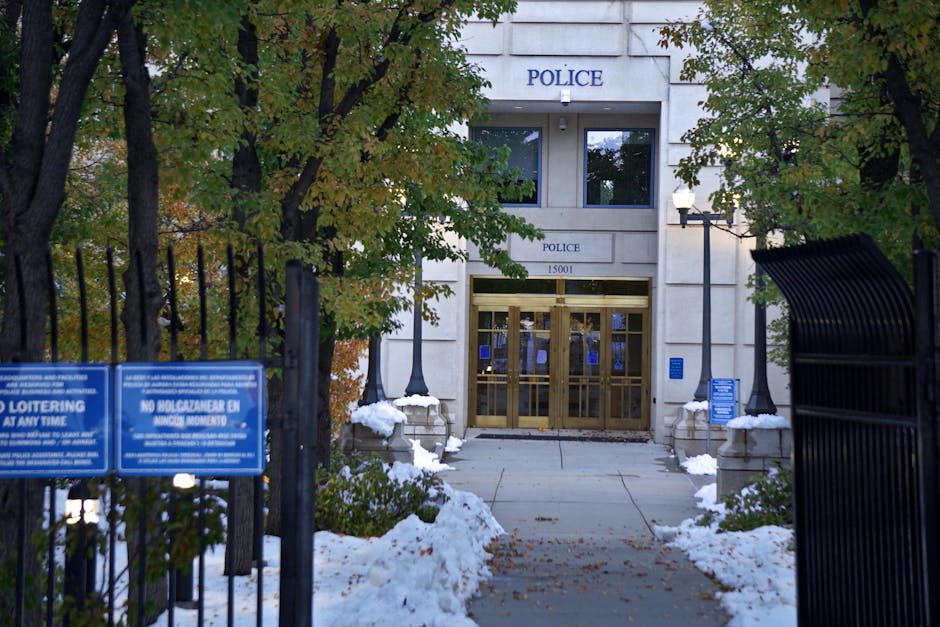In the high-stakes theatre of global diplomacy, optics often tell more of the story than carefully worded communiqués. The optics from the White House during Donald Trump‘s meeting with Saudi Crown Prince Mohammed bin Salman (MBS) were crystal clear: this was a public affirmation of a burgeoning strategic alliance.
As President Trump welcomed MBS to the Oval Office, the tableau of beaming smiles, warm handshakes, and colourful charts showcasing billions in military sales signaled a new era in US-Saudi relations. This partnership, built as much on personal chemistry as on cold, hard cash, offers several key takeaways from Trump’s meeting with the Saudi Crown Prince, with major implications for West Asian geopolitics.
From Handshakes to Policy: The Trump-MBS ‘Bromance’
The contrast with the previous administration couldn’t be more pronounced. Where President Obama’s relationship with Riyadh was often strained by the Iran nuclear deal, President Trump has rolled out the red carpet. He lavished praise on MBS, hailing their “great friendship.” The Crown Prince, in turn, masterfully played to Trump’s transactional nature. This personal rapport is the lubricant for the entire US-Saudi machine, smoothing the way for major deals. In Trump’s world, personal relationships often dictate foreign policy, and his bond with MBS is now a central pillar of America’s Middle East strategy.
Billions in ‘Beautiful Military Equipment’: The Deals at the Core
President Trump, ever the showman, proudly displayed charts detailing massive US arms sales to Saudi Arabia, a deal potentially worth hundreds of billions. Referring to a $12.5 billion portion of the sales, Trump remarked it was “peanuts” for the kingdom, underscoring the sheer scale of the transactions. This isn’t just about defence; it’s about cementing a strategic dependency. By making Riyadh one of its biggest arms customers, Washington ensures its influence. For Saudi Arabia, it’s a security guarantee against its regional arch-rival, Iran. This transactional core—American jobs in exchange for Saudi security—is the engine driving the partnership.
Forging a United Front Against Iran
The unstated guest in the Oval Office was Iran. The entire meeting was underscored by a shared, deep-seated hostility towards Tehran. For both Trump and MBS, Iran represents the primary destabilizing force in the region. This meeting solidifies an anti-Iran axis that includes the US, Saudi Arabia, the UAE, and Israel. This muscular, confrontational approach raises the stakes significantly, moving the region further away from diplomatic engagement and closer to potential conflict—a scenario that deeply worries nations reliant on regional stability.
Implications for Global Powers: India’s Delicate Balancing Act
For a country like India, the implications of this deepening alliance are profound. The primary concern is energy security; any escalation of tensions between Saudi Arabia and Iran could send crude oil prices soaring, directly impacting the global economy.
Furthermore, many nations meticulously cultivate strong, independent relationships with both Riyadh and Tehran. For India, it is a key partner in Saudi Arabia’s “Vision 2030” while its investment in Iran‘s Chabahar port is a cornerstone of its Central Asia connectivity strategy. A polarized West Asia, split into rigid pro-US and anti-US camps, makes this delicate diplomatic balancing act exponentially more difficult.
Ultimately, the meeting in Washington was a powerful display of a renewed alliance, one that prioritizes deals over dissent. While the focus was on countering Iran and boosting economic ties, the humanitarian crisis in Yemen and questions about MBS’s domestic power consolidation were conspicuously absent from the public discussion. As this partnership reshapes the geopolitical chessboard, the world will have to navigate the fallout with exceptional care.




